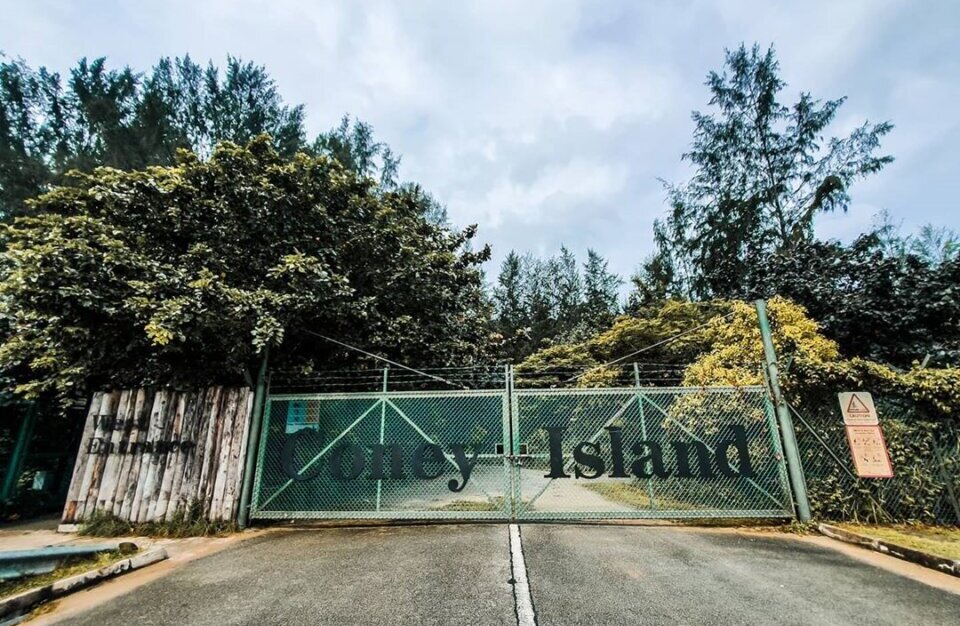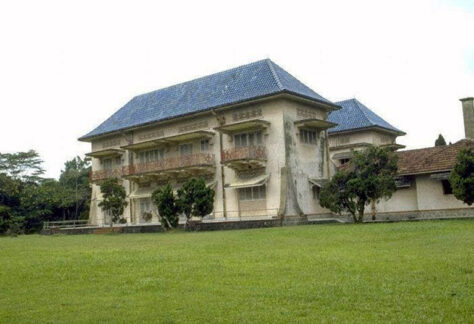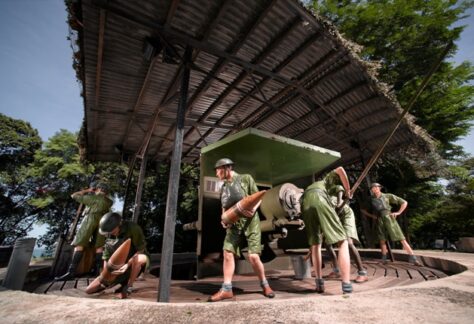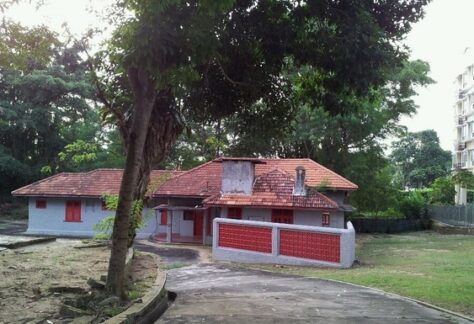From an abandoned villa to the only wild cow in Singapore, Coney Island is home to an array of stories and wildlife that will make your visit all the more meaningful!
Home to stretches of beaches, grasslands and casuarina woodlands, Coney Island has grown to become one of Punggol’s must-visit spot. However, few are aware of the fascinating history that lie behind this once private island.
Har Par Island
Formerly known as Pulau Serangoon , the then 13-hectare large island was purchased by the Aw Boon brothers—Aw Boon Haw and Aw Boon Par, founders of Tiger Balm—in the 1930s and renamed to Haw Par Island.
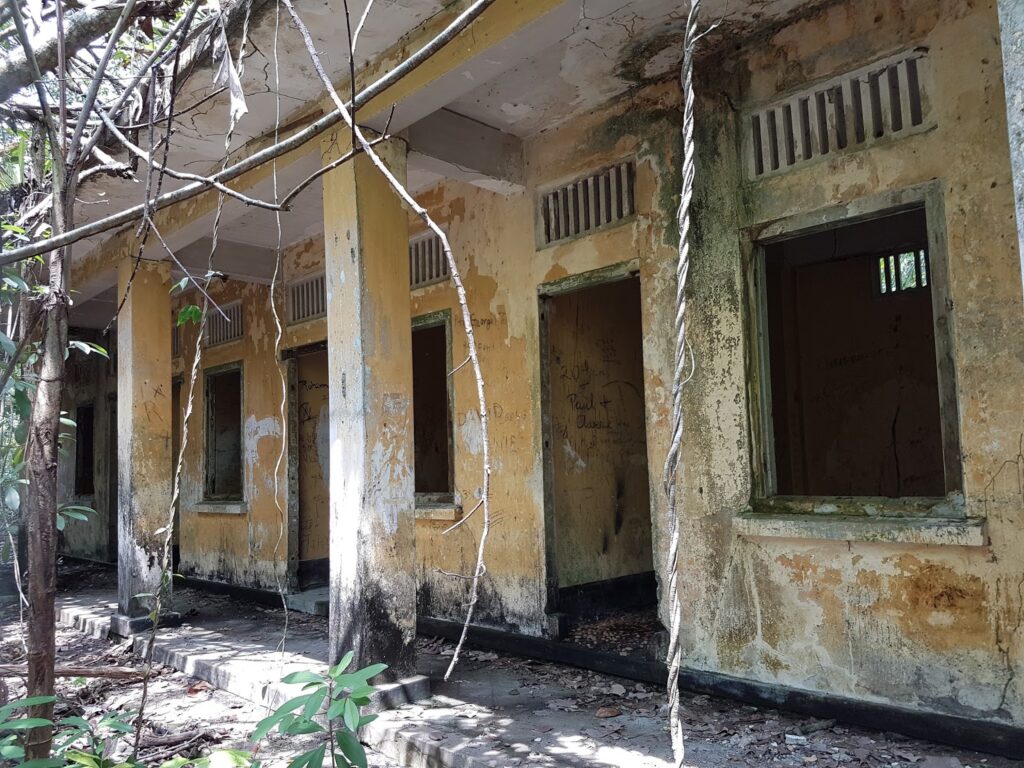
The Aw brothers then constructed a mansion named Haw Par Beach Villa on the island, turning Haw Par Island into a summer vacation home for Aw family.
Now located in a mangrove area, the dilapidated mansion have been fenced off from the public due to a lack of repair.
Coney Island Resort
A change of ownership happened in 1950 when the island was sold to Ghulam Mahood, an Indian businessmen who envisioned an integrated holiday resort on Coney island.
Modelled after the famous amusement park in Coney Island, New York, the Coney island (in Singapore) was set to feature restaurants, chalets, and an array of outdoor activities including swimming, boating and fishing.
However, the business venture was deemed to be an unprofitable one and was promptly closed.
You may be interested in: The History Behind Kampong Lorong Buangkok
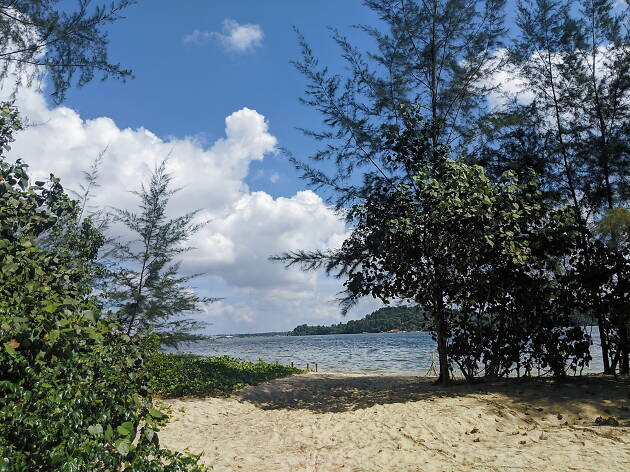
After several other changes in ownership, the island was eventually acquired by the Singapore government in 1974.
A series of land reclamation works was later conducted on the island, expanding the land size to 81 hectares, six times its original size.
Coney Island Cow
One cannot talk about Coney island without mentioning its star attraction, the Coney Island Cow. The Brahman bull became a local sensation when it was found wandering alone on the island. Many would make a dedicated trip to the island to take a glimpse of the only wild cow in Singapore.
It was believed that the cow had swam a hundred metres to Coney island as the two bridges connecting to Singapore mainland were closed during the renovation of island.

In spite of having no natural predator on the island, the Coney Cow was malnourished and stricken with chronic illness. It passed away in September 2016 during a routine health checkup by veterinarians of NParks. News of the Coney Island cow’s passing made international headlines as many question the need to sedate and conduct a health checkup on the old animal.
Till today, the origins of the cow remains a mystery as there were no reported cases of a lost cow, neither were there any farms in the area.
Fortunately for wildlife lovers out there, the island is still home to over 80 bird species including the spotted wood owl and the red junglefowl.
Coney Island Nature Park

Under the Master Plan by the Urban Redevelopment Authority (URA), sections of Coney Island have been zoned for sports & recreation and residential activities. This includes the Coney Island Nature Park we see today. The ecologically sustainable park engages in several environmental initiatives such as the recycling of uprooted trees into benches and park signages. The park also boast five beaches totalling two kilometers long and basic amenities including bird hides, shelters and bicycle bays.
Under the National Outdoor Adventure Education Masterplan, a new Outward Bound Singapore (OBS) campus named OBS@Coney will be built on the island by 2022. The campus which is expected to occupy 10 per-cent of the island, aims to expand outdoor adventure education for all students and foster social cohesion and ruggedness among students.
Getting There:
Punggol Promenade Nature Walk, Singapore 829325
By Bus:
– From Punggol Interchange, take bus 84 to Punggol Point Park and walk 600 metres along Punggol Promenade to Coney Island Park West Entrance.
There are two bridges located at opposite ends of the island. The northern end is connected to Punggol Promenade Nature Walk and links the island to Punggol Point Park. The southern end connects to Lorong Halus Wetland via Serangoon Dam. Note that the gates will be opened from 7am to 7pm.

